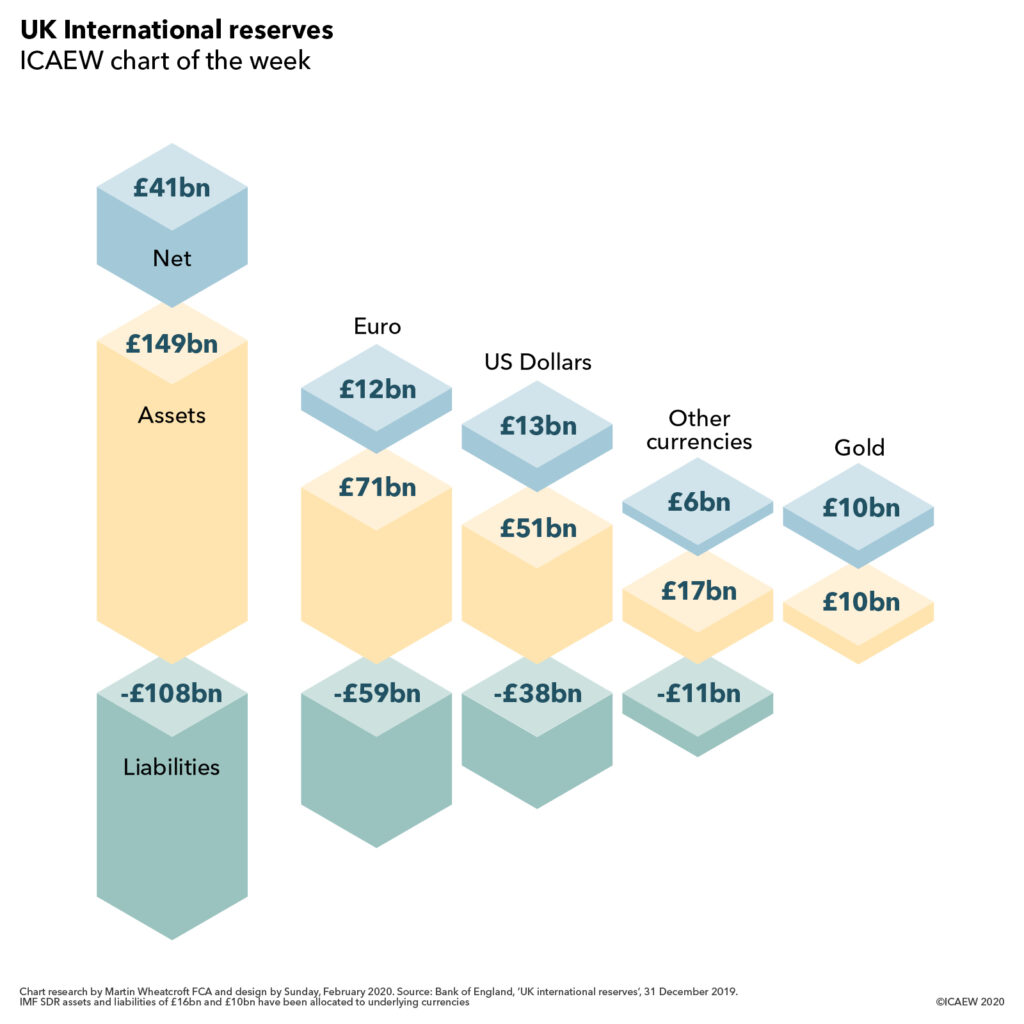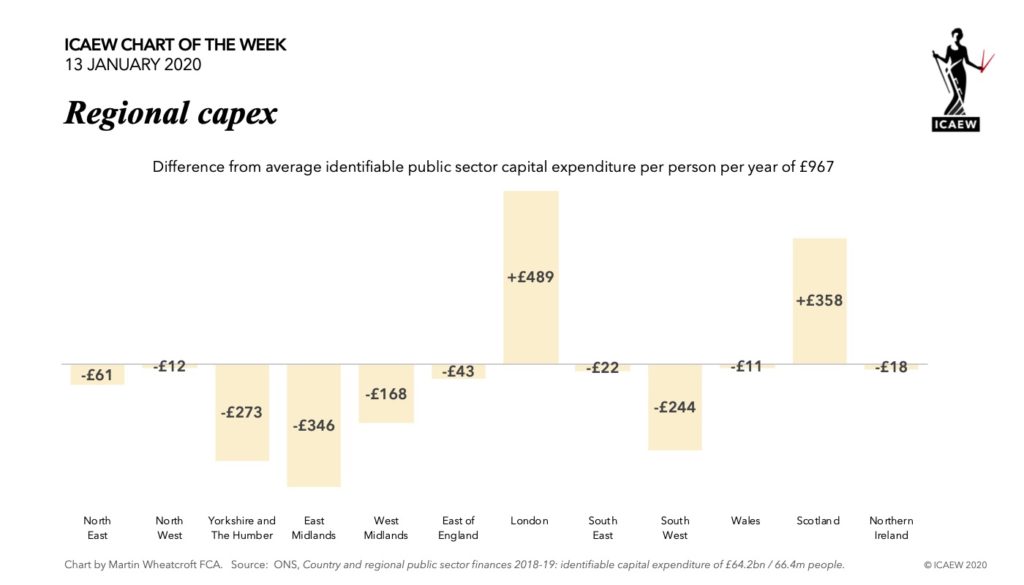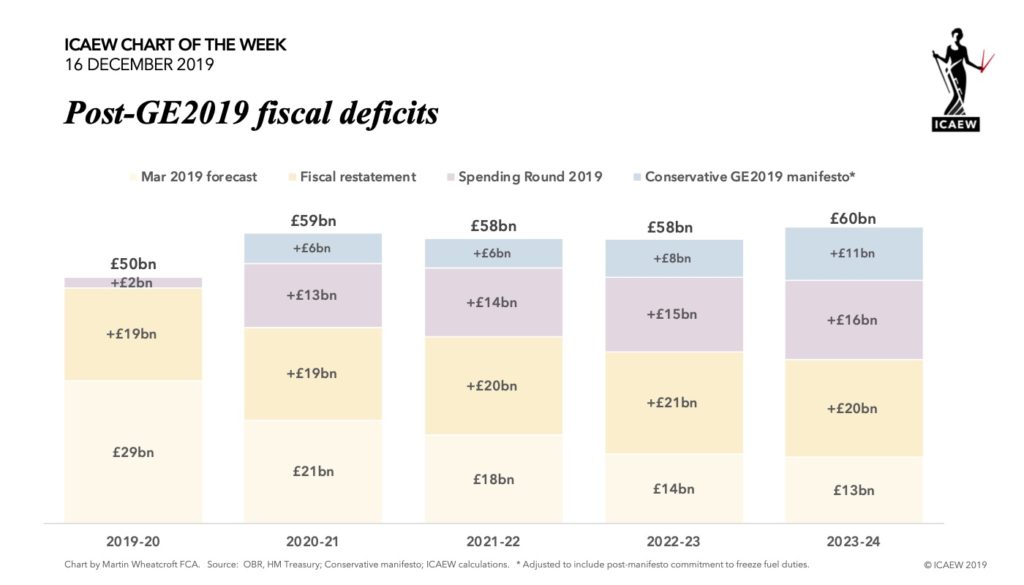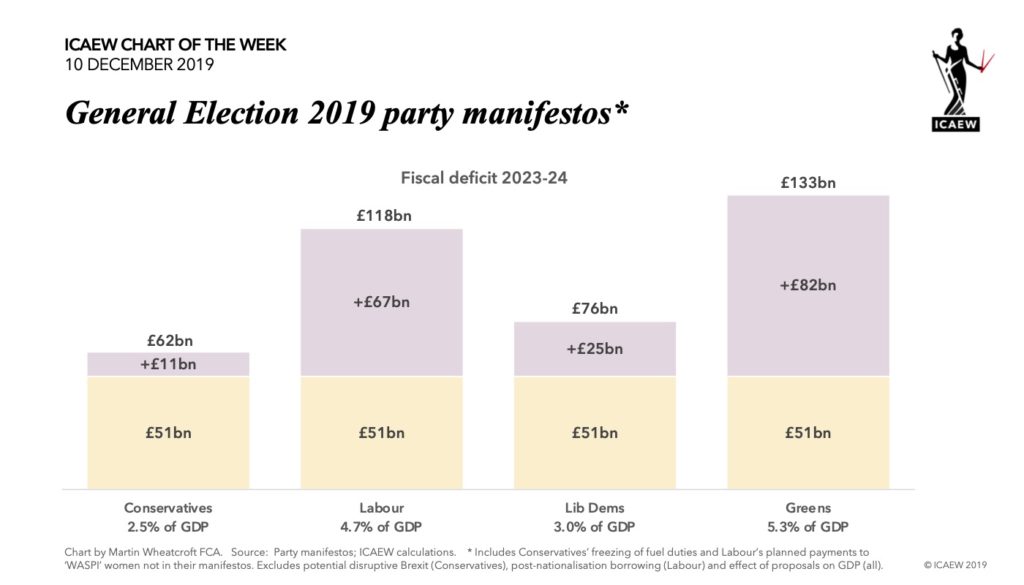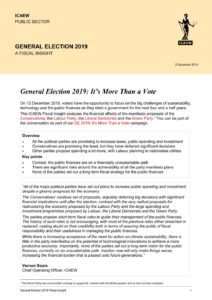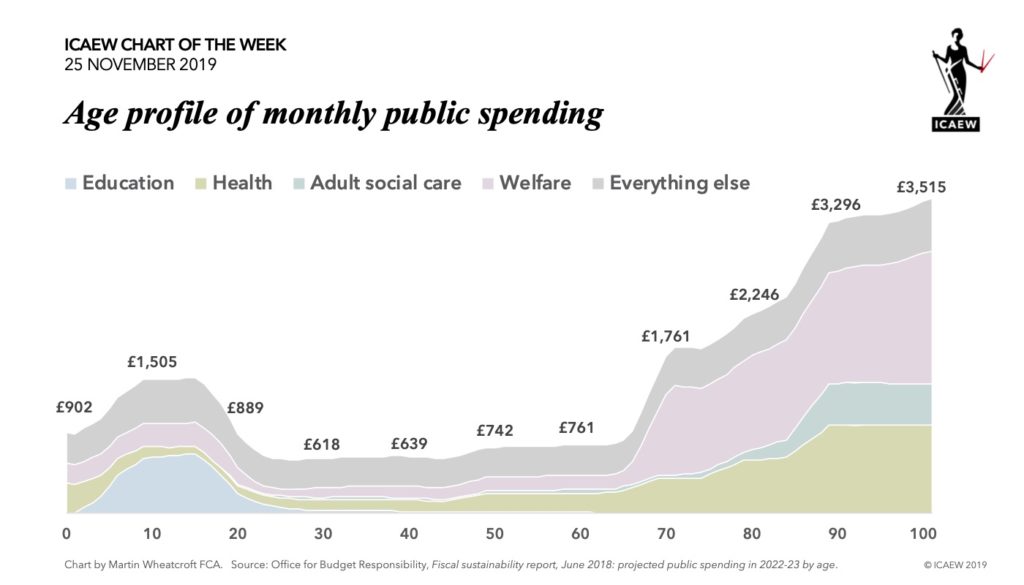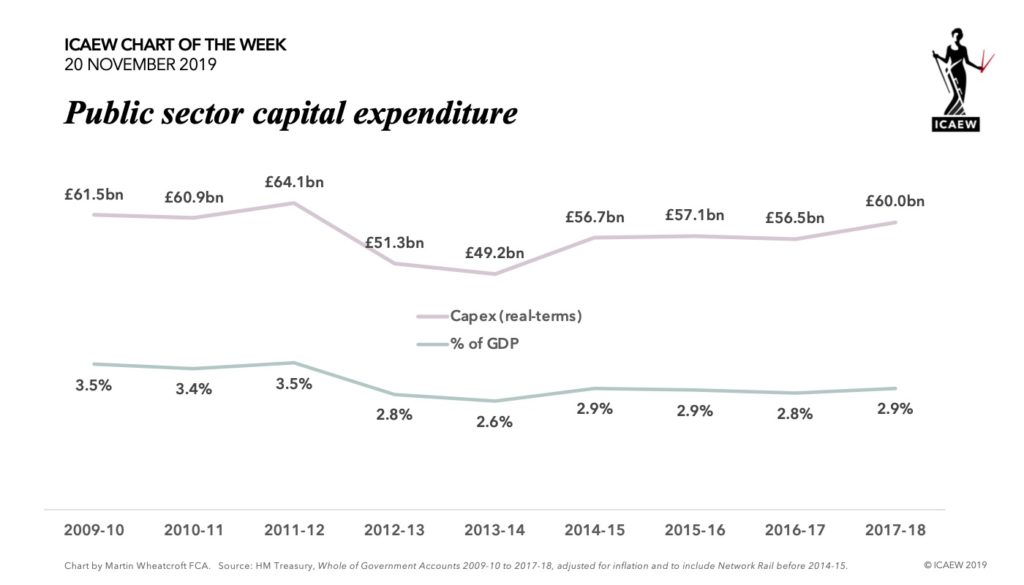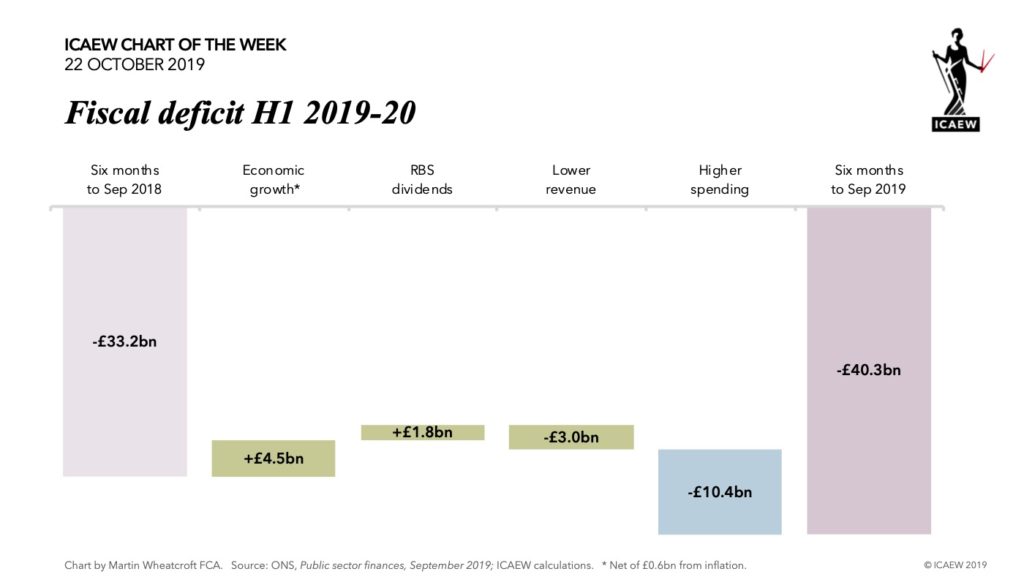12 March 2020: Rishi Sunak’s first Budget as Chancellor of the Exchequer provided a sharp change in direction for the public finances – something that will please and surprise many, according to ICAEW’s Public Sector team.
Spring Budget 2020 combined a short-term fiscal stimulus to fight the coronavirus with higher spending on public services and new infrastructure investment to increase borrowing significantly. Fortunately, ultra-low interest rates will keep financing costs down on the more than £330bn in borrowing planned to finance these plans (not including short-term fiscal stimulus measures), with public sector net debt expected to exceed £2.0tn by 2025.
This Budget is particularly important as it sets the spending envelope for the three-year Spending Review expected to be published later this year. With a higher base for spending following the Spending Round 2019 announced by the previous Chancellor in October, this signals an end to the austerity policies of recent administrations.
Key headlines for 2020-21:
- Fiscal deficit up from £40bn to £55bn (2.4% of GDP), before coronavirus measures.
- No significant tax changes beyond corporation tax remaining at 19%.
- £14bn extra current spending and £5bn extra investment before coronavirus measures.
- £12bn in tax and spending measures to respond to the coronavirus.
- Gross financing requirement of £162bn, including £98bn to cover debt repayments.
- No reflection of uncertain adverse economic effect of the coronavirus on tax revenues.
Key headlines for the four subsequent years to 2024-25:
- Fiscal deficit of £62bn (2.5% of GDP) on average over the subsequent four years.
- Tax policy measures to generate an additional £7bn per year.
- Extra current spending of £27bn a year and extra investment of £19bn a year.
- Gross financing requirement of £595bn (£149bn a year) including £315bn to cover repayments.
- Significant economic uncertainty with coronavirus, global economic conditions and changes in UK trading relationships with the EU and other countries.
The existing plans already incorporated a significant ramp-up in infrastructure and other investment spending with public sector net investment forecast to increase from 2.2% of GDP in 2019-20 to 3.0% by 2022-23. The challenge for the Government will be to deliver and ‘get things done’, especially as capital investment by government departments is expected to increase by 25% in 2020-21 and by a further 35% over the subsequent four years. Will there be sufficient construction capacity and project management expertise to deliver such a rapid expansion and still deliver value for money for taxpayers?
The Budget also contained some important developments in the framework for the public finances, with a specific commitment to review the investment criteria in the Government’s ‘Green Book’ to ensure regions outside London and the South East benefit from the additional infrastructure spend proposed in the Budget. The focus on looking at the effect on investments on the public balance sheet was also welcome with new approaches planned for how to appraise public spending.
One surprise in the Budget announcement was that the OBR did not revise the economic forecasts down as much as had been expected. This was partly because of the economic benefits of higher public spending and investment, but also reflected an improved outlook for productivity. The benefit of this for the Chancellor was that he was able to announce additional current spending on public services, while still remaining within the fiscal rules set out in the Conservative party manifesto.
Unfortunately, the scale of the impact of the coronavirus on the economy is still unclear and so the forecasts for tax revenues may need to be revised downwards, potentially significantly, in the Autumn Budget later this year.
Commenting on Spring Budget 2020, Alison Ring, Director, Public Sector, at ICAEW said: “The Chancellor has announced a major loosening of the taps on spending and investment in his first Budget, with a combination of a short-term fiscal stimulus to fight the coronavirus, higher spending on public services, and a major programme of new infrastructure investment.
Those wondering where all the funding for this planned spending will come from may be surprised to discover that the Chancellor has not followed the custom of post-general election tax rises, but instead has decided to take advantage of ultra-low interest rates to borrow more than £330bn over the next five years. Public sector net debt is expected to exceed £2.0tn by 2025, although the Government hopes that this will then be falling as a ratio to the size of the economy.
Nevertheless, it is a Budget that many will be pleased with, even if a little surprising coming from the traditional champions of small government.”

